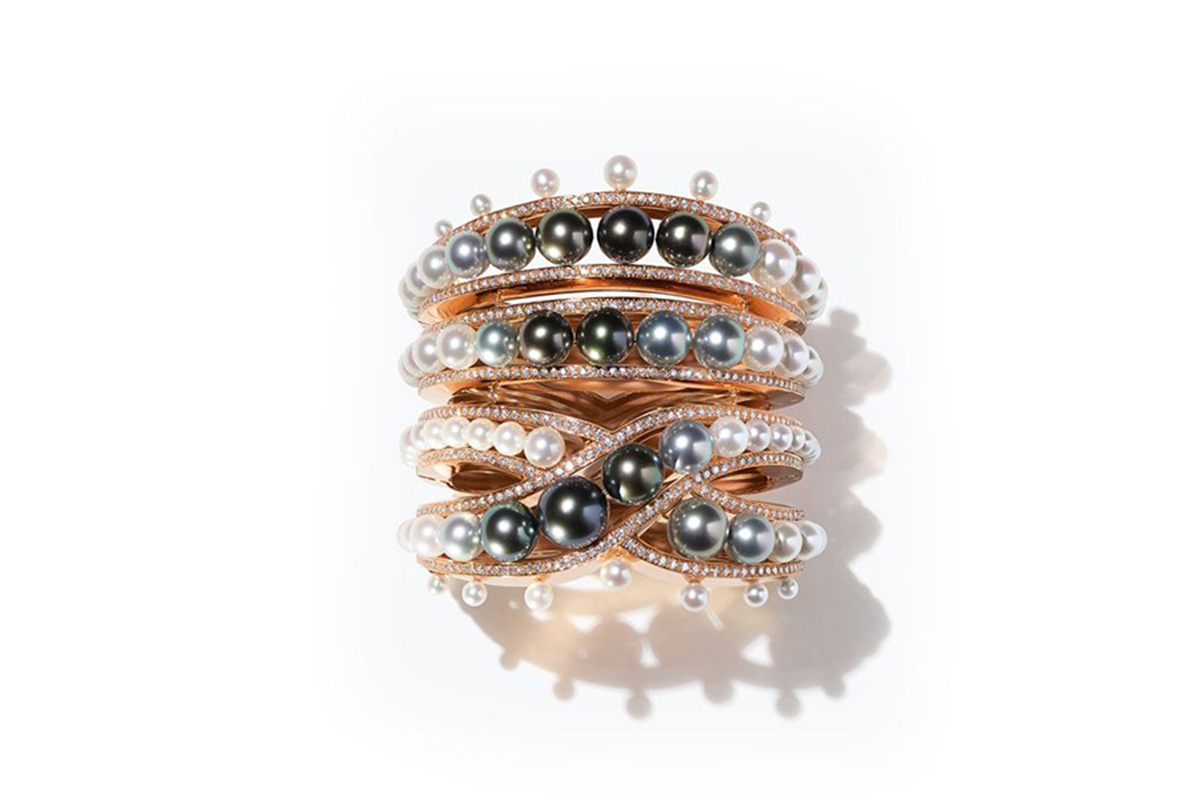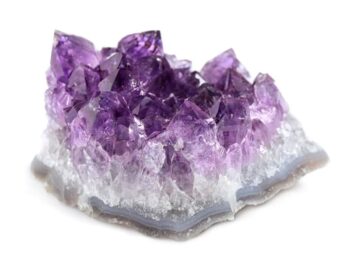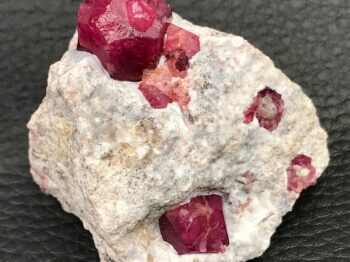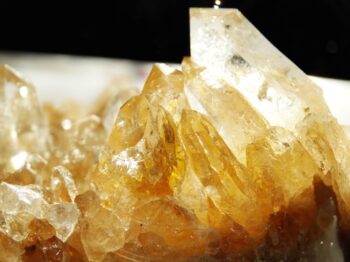Since the start of culturing pearls in the early 1900s, Akoya Pearls have been very popular in jewelry. Other cultured pearls such as Tahitian, South Sea and Freshwater Pearls have all found their place in the jewelry market as well.
Pearls have been considered as classic pieces of jewelry in society for decades, and when the technique to culture pearls was invented, the pearl jewelry market took off. Some of the most popular are the Akoya pearls, with Tahitian, South Sea and Freshwater pearls all holding their own in the market.
Akoya pearls are cultured pearls farmed in Japanese and Chinese ocean waters. They are cultured in small Akoya oysters, known as Pinctada Fucata. This process involves the farmer inserting an irritant into the pearl. This irritant is a hard shell bead as well as a piece of mantle tissue from a donor oyster that has produced high quality pearls previously. This process can take 10-18 months before the pearls are ready to be harvested. These pearls are known for their high luster and sparkle. Most often white or cream in color, they can have rose, cream or ivory overtones. You can find these pearls in 5-11mm sizes, with 7-7.5mm diameters being the most common. Going above 8mm is rare. Akoya pearls are ideal for pearl strands and earrings, as they are very round.

The most common black pearl is the Tahitian pearl. It gets its name from the locality, the French Polynesian islands, around its capital Tahiti. These pearls are cultured in giant black lip oysters, the Pinctada Margaritifera, allowing for them to grow in large sizes. The irritant can take 2-3 years before the pearl is ready to harvest. Tahitian pearls range from 8mm-21mm in size. These round pearls have a high luster that can appear in shades of peacock, black, brown, gray, blue, green and purple. The darker varieties are the most popular, with true black being the most rare and expensive. Even though they are marketed as black pearls, most often this black is actually a charcoal gray, silver or dark green. The most common shape is round, but you can also find semi round, button, circle, oval, teardrop, baroque and semi-baroque. Necklaces, pendants and earrings are the most common types of jewelry set with Tahitian pearls that can be mounted on gold or leather cords.
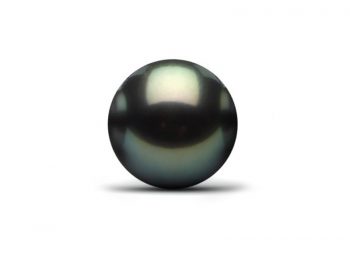
The largest and rarest of the cultured pearl is the South Sea pearl. These large, vibrant pearls are mostly cultured in Australia, but occasionally in Indonesia, Philippines, Myanmar and Thailand. The most common color is white and champagne, while the most sought after is the golden color. This color is extremely rare, with only 1% having this golden, satin luster. Grown in Pinctada Maxima oysters, these pearls range from 8mm-20mm, averaging 13mm. South Sea pearls can grow anywhere from 1-3 years, before they are ready to harvest. You’ll see all types of jewelry made with South Sea pearls, with necklaces and earrings being the most common.
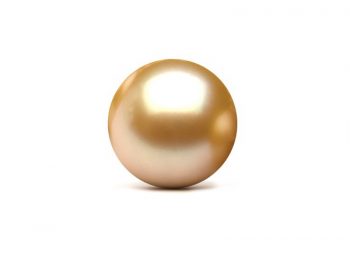
One of the most versatile pearls, the Freshwater pearl was initially marketed as an alternative to Akoya pearls as these are lesser in quality and price. Now, these pearls are quite competitive to the Akoya. These round pearls have a wide range of color and size. You’ll see whites and creams, topped with rose, cream and ivory overtones. The size has a wide range from 2mm to 15mm, the highest range we’ve seen. There are many shapes as well, with options of oval, button, baroque, semi-baroque and round. The Hyriopsis Cumingii is the freshwater mussel that these Freshwater pearls are harvested in. Most often you will find these in China, but some in India and Australia. As these come in a variety of colors, sizes and shapes, you’ll find Freshwater pearls in just about any type of jewelry.
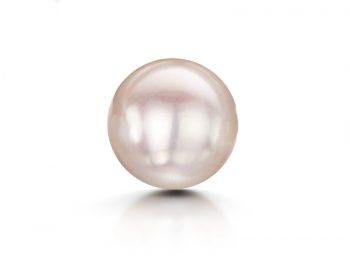
Cultured pearls have created a vast market of pearl jewelry. With many options in size, color and shape, there is something for everyone!

